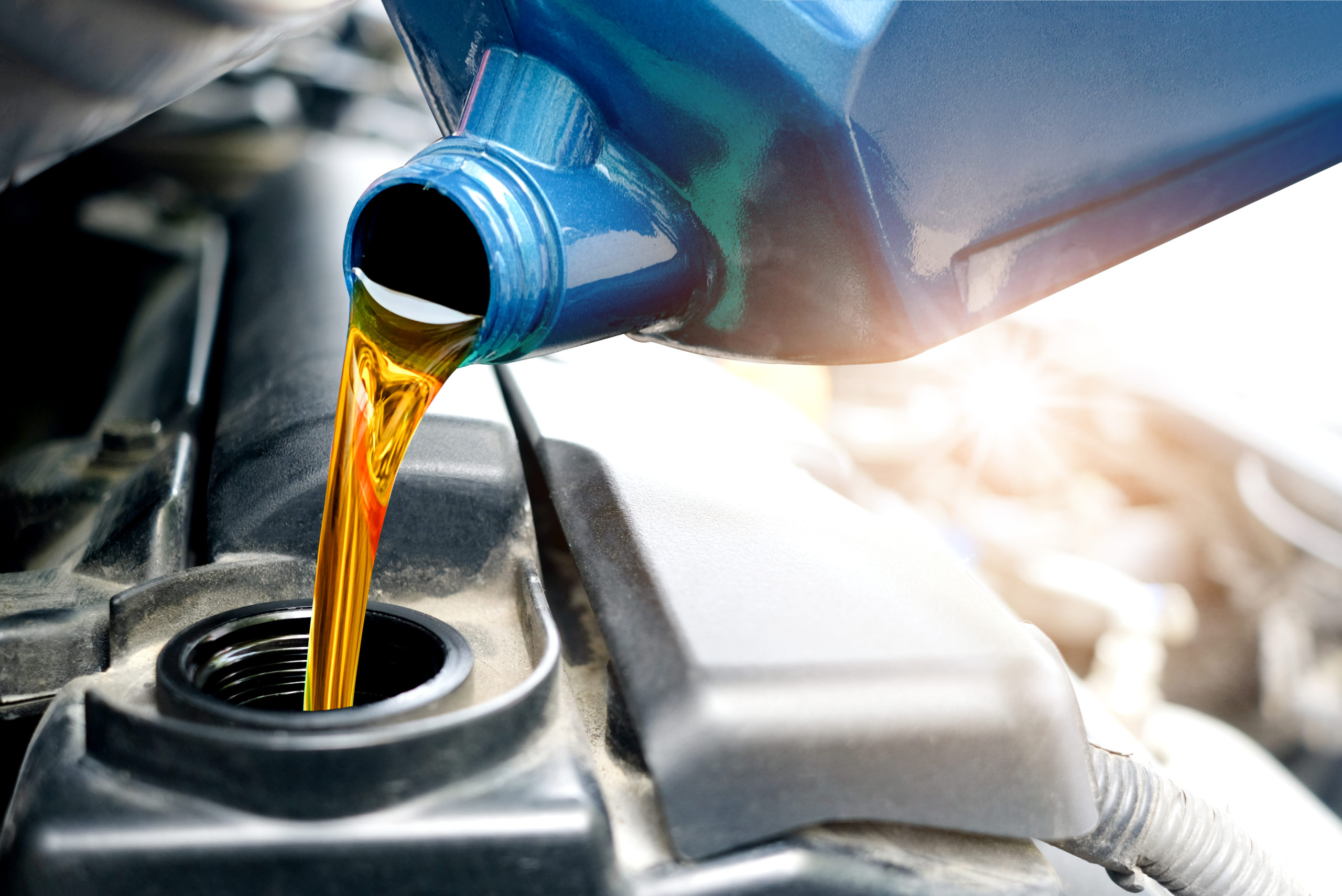The term “rush hour” can strike fear into the heart of any driver. If you’re like most people, you dread the stress of navigating stop-and-go traffic. What you may not realize is that driving in heavy traffic can be hard on your car as well. It causes stress to the engine, brakes, and other parts of your car.
Avoiding driving during rush hour is the best option, but that’s not possible for everyone. Here’s how you can protect yourself and your car if you have to drive in heavy traffic.
- Get Your Brakes Checked
Rush hour driving may cause you to use your brakes more often and more quickly than you would on a normal drive. This overuse can wear down your brakes, and you don’t want to be stuck with dysfunctional brakes during heavy traffic.
Get your brakes checked by an auto mechanic regularly, especially if you feel your brakes pull to one side or if you hear a grinding sound. To ensure your brakes are properly lubricated, ask the mechanic to top off your brake fluid as well. If you frequently drive in tough traffic, they might recommend that you use a high-performance brake fluid.
- Get Your Oil Changed More Frequently
Idling in stop-and-go traffic causes deposits in your engine, which can clog engine parts. Plus, in a short drive with frequent stops, your engine doesn’t get the chance to warm up. A cold engine makes it harder for your oil to flow and protect your engine’s parts.
If you often drive in heavy traffic, check your owner’s manual. Follow its oil change recommendations for severe conditions.
- Practice Defensive Driving
Aggressive driving in heavy traffic doesn’t just affect your safety on the road. It also causes stress and wear to various car parts and affects your car’s performance. You can improve your rush hour driving by practicing defensive driving skills before you hit heavy traffic. These skills include:
- Putting your phone or any other distractions away
- Scanning the road for poor road conditions, distracted drivers, and aggressive drivers
- Signaling before turning or changing lanes
- Staying at a constant speed
- Staying calm and avoiding angry reactions to other drivers
In your impatience to get to your destination, you might want to follow closely behind the car in front of you. But in heavy traffic, this causes you to brake more often, which harms your brakes and increases your car accident risk.
You should leave about three seconds of distance between you and the car in front of you. Watch the car in front of you pass a landmark, and then count slowly to three before passing the same landmark. If another car cuts in front of you, simply slow down and increase your space behind the new car.
As you learn to drive defensively, you’ll better manage rush hour driving. You’ll also save money in gas. Speeding up for short distances and then suddenly stopping can lower your fuel efficiency. Practice these driving tips every day and they’ll come naturally when you hit heavy traffic.
- Stock Your Car
You can make a drive in heavy traffic more comfortable by gathering the necessary supplies. Bring water and a snack, and bring your phone charger as well. Make sure your gas tank is at least a third full before heading out on your drive.
Things can and do go wrong in rush hour traffic, so make sure you’re prepared. For emergencies, stock your car with blankets, warm clothes, a flashlight, jumper cables, a spare tire, and a first aid kit.
- Keep Your Tires Up-to-Date
A flat tire is a dangerous situation at any time, but especially when you’re in rush hour traffic. In heavy traffic, it can be difficult to navigate safely to the side of the road. To avoid tire and traction issues, inflate your tires to the recommended tire pressure. This also ensures that your tires will wear evenly as you drive.
You can also avoid problems with your tires during heavy traffic by replacing them when necessary. Look for the following signs that you need new tires:
- Your tires are older than the manufacturer’s recommendations (about six to ten years old)
- Your tires’ tread looks worn
- You see uneven wear throughout your tire
Look at the tire tread depth indicators in your tire’s grooves. If your tire’s tread is even with the tread depth indicator, it’s time to replace your tires.
If you notice these signs, visit a tire service center like Evans Tire & Service Centers, to buy new tires.
Rush hour driving can be stressful for both you and your car. Take these steps to protect yourself from danger and your car from damage. Return to our blog for more tips on driving and car care.





